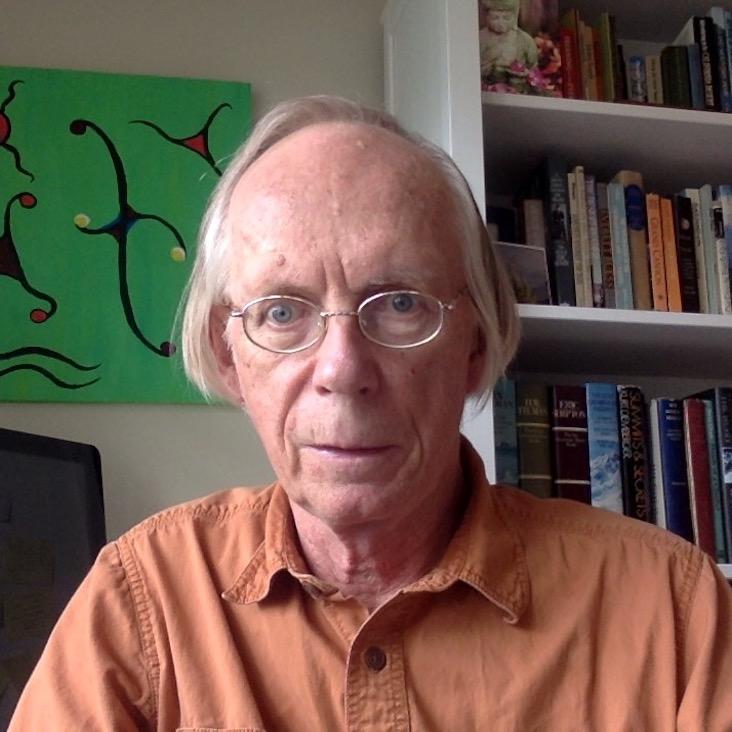Inhomogeneous quantum quenches
Journal of Statistical Mechanics: Theory and Experiment 2008:11 (2008)
Abstract:
We study the problem of a quantum quench in which the initial state is the ground state of an inhomogeneous Hamiltonian, in two different models, conformal field theory and ordinary free field theory, which are known to exhibit thermalization of finite regions in the homogeneous case. We derive general expressions for the evolution of the energy flow and correlation functions, as well as the entanglement entropy in the conformal case. Comparison of the results from the two approaches in the regime of their common validity shows agreement up to a point further discussed. Unlike for the thermal analogue, the evolution in our problem is non-diffusive and can be physically interpreted using an intuitive picture of quasiparticles emitted from the initial time hypersurface and propagating semiclassically. © 2008 IOP Publishing Ltd.Form factors of branch-point twist fields in quantum integrable models and entanglement entropy
Journal of Statistical Physics 130:1 (2008) 129-168
Abstract:
In this paper we compute the leading correction to the bipartite entanglement entropy at large sub-system size, in integrable quantum field theories with diagonal scattering matrices. We find a remarkably universal result, depending only on the particle spectrum of the theory and not on the details of the scattering matrix. We employ the "replica trick" whereby the entropy is obtained as the derivative with respect to n of the trace of the nth power of the reduced density matrix of the sub-system, evaluated at n=1. The main novelty of our work is the introduction of a particular type of twist fields in quantum field theory that are naturally related to branch points in an n-sheeted Riemann surface. Their two-point function directly gives the scaling limit of the trace of the nth power of the reduced density matrix. Taking advantage of integrability, we use the expansion of this two-point function in terms of form factors of the twist fields, in order to evaluate it at large distances in the two-particle approximation. Although this is a well-known technique, the new geometry of the problem implies a modification of the form factor equations satisfied by standard local fields of integrable quantum field theory. We derive the new form factor equations and provide solutions, which we specialize both to the Ising and sinh-Gordon models. © 2007 Springer Science+Business Media, LLC.Entanglement entropy in extended quantum systems
EUROPEAN PHYSICAL JOURNAL B 64:3-4 (2008) 321-326
Inhomogeneous quantum quenches
JOURNAL OF STATISTICAL MECHANICS-THEORY AND EXPERIMENT (2008) ARTN P11003
Entanglement and correlation functions following a local quench: A conformal field theory approach
Journal of Statistical Mechanics: Theory and Experiment (2007)


